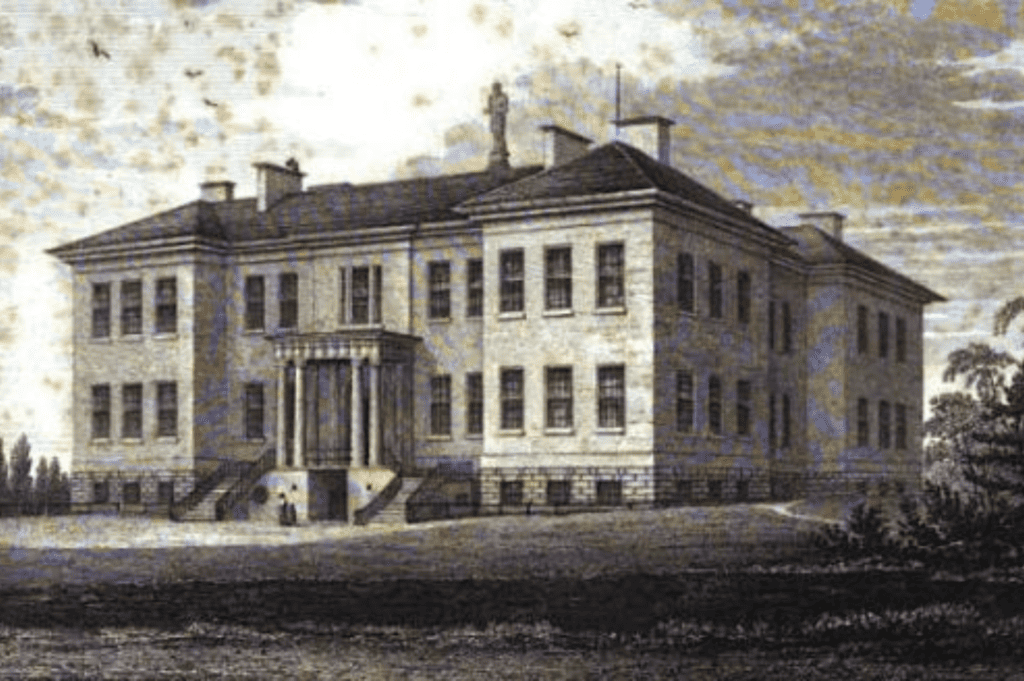Planning & Design Practice have a long, successful and healthy relationship working as planning consultants for the University Hospitals of Derby and Burton NHS Foundation Trust (UHBD). Recently we have worked with the Trust to submit applications for a transitional care unit, 85 extra care apartments, a 72 bed care home, a community hub, a GP and primary care facility and a 100 place children’s nursery at the Outwoods Hospital site, Burton upon Trent. In addition we have recently submitted an application for the construction of a new outpatient’s department at the Royal Derby Hospital. We are lucky in Derbyshire to have these large-scale hospitals and their smaller partner hospitals, its hard to imagine life without them. In this article, our Heritage Consultant Ruth Gray takes a brief look at some of the more significant contributions to the healthcare system that have originated here in Derbyshire.
Almost accidently, quarantine was pioneered in Eyam in 1666, by the selfless acts of the villagers who segregated themselves from the general population after they discovered that the plague had manifested itself in the village via a parcel of cloth arriving from London. Doctors later realised that their use of an enforced quarantine zone limited and helped prevent the spread of disease. Other break throughs discovered from this terrible episode were around contamination with the realisation that the washing of coins in vinegar before being left in payment for food parcels prevented the spread of the disease to those who left food parcels at the edge of the village.
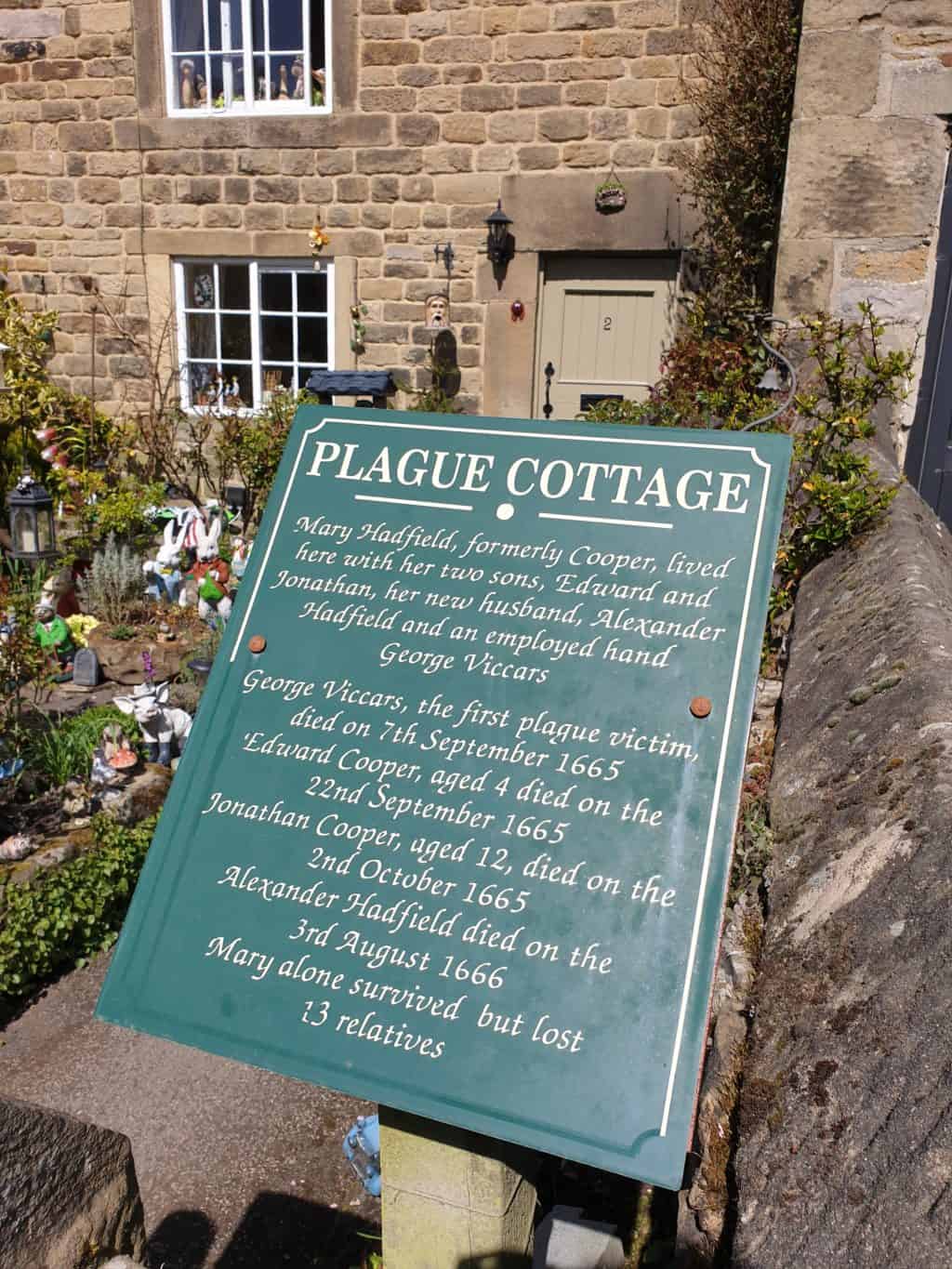
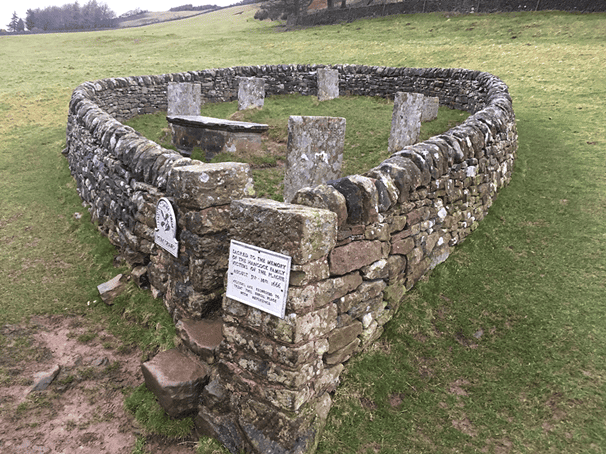
Before the 18th century medical provision in Derbyshire, and across the country as a whole was not the concern of the state. If you became ill you had to depend on family, friends, neighbours, and the poor and labouring classes either used the services of friendly societies or if they couldn’t afford that the clergy and parish provided some outdoor relief and medical treatment. Medical advice was unregulated and provided by a variety of commercially motivated apothecaries, surgeons and physicians. With the industrial revolution came the need to keep the workforce healthy and it was this need that allowed for the beginnings of a public owned health service.
Derbyshire Infirmary opened June 4, 1810, its establishment in Derby had its beginnings with the inventor, poet, and Lunar Society member Dr Erasmus Darwin (1731-1802)-who founded a clinic and dispensary in Derby financed through a philanthropic society. Darwin and some fellow Doctors gave their advice for free whilst the local apothecaries benefited from alternating in making up prescriptions. The aim of the Enlightenment philosophers, philanthropists, architects, and governing committees was to limit infection by isolating the sick from the rest of the population ensuring that the general labour force remained productive 1. Darwin hoped his clinic and dispensary would be the foundation of an infirmary and if he had been younger, he may have taken on the task himself but that was left to William Strutt (1756–1830)2.
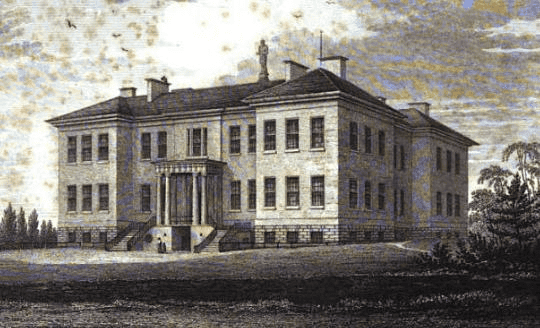
Strutt already had considerable experience of designing bridges and mills. One of Strutt’s most important concerns was the development of fire-resistant structures and technology in textile mills (one he pioneered when he rebuilt Belper North Mill) and the application of these in other contexts. The Infirmary was one of the first British hospitals to use, iron pillars and beams, iron-framed windows, and a fire-proof ceiling (over the baths). It also contained (amongst other innovations) a new heating system that allowed the patients to breathe fresh heated air whilst old air was channelled up through the glass and iron dome at the centre. Strutt’s design is significant not just for its construction but also because it is an example of design bringing together all the concerns of Enlightenment architecture, scientific rationality, and the in-built design efficiency of public institutions.
Outside of the main city, smaller towns across Derbyshire began to benefit from voluntary hospitals being more conveniently situated, patients benefited from remaining close to relatives and friends 3. Initially these were founded by aristocratic benefactors such as the Duke of Devonshire but as the Victorian era progressed it was the industrialists that organised their workforces into contributing their wages towards forming hospitals that provided accident and emergency facilities that were essential in saving lives for the workers of the heavy industries of mining, steel and railways. Voluntary hospitals became an integral part of the Derbyshire community, and society as a whole. Funded by charity, subscriptions, and public events such as fetes, parades, and concerts, voluntary hospitals mirrored the fortunes of the local community with the hospital thriving if the community was thriving.
Florence Nightingale (1820-1910) understood from her own experience as a charitable gentlewoman that charity alone was failing the large industrial populaces, since they lacked the training and organization required to tackle the problem at scale. Nightingale who was raised in Lea in Derbyshire was a very influential figure in nursing following the Crimean war in 1854 her passion for creating a better healing environment for patients prompted her to write ‘Notes on Hospitals’ in 1863 outlining her priorities for designing hospitals. She concentrated not just on the efficiency aspects of hospitals to get people back to health but also the social requirements of patients 4. Nightingale was revolutionary in that not only was she was instrumental in steering healthcare provision away from religious groups and charities towards state run systems 5, but also her influence on hospital design was recognized and implemented over the next hundred years.
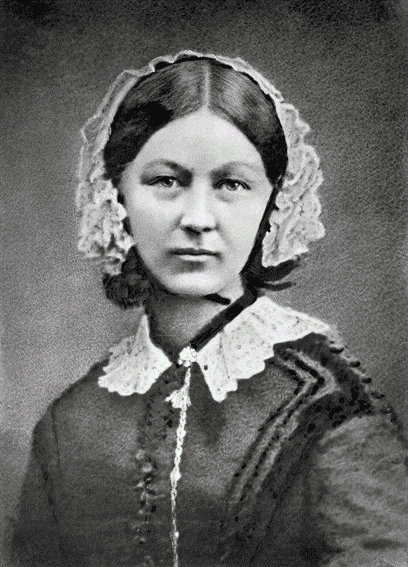
The twentieth century with its two world wars proved that as Florence Nightingale had known, healthcare provision would suffer under a poor economy. The National Health Service Act in 1946 was the death knell for the voluntary system 6, and the 5th of July in 1948 was the end to voluntary fundraising for the hospital system. By the time the NHS came about, people expected medical cover as a part of their professional and personal life.
University Hospitals of Derby and Burton NHS Foundation Trust now provide healthcare for the region, and we at Planning & Design are happy to have been able to assist with their expansion, helping to provide infrastructure for the 21st century, and support as visitor numbers increase to pre-Pandemic levels.
For more information on our team and our work, and to find out how we can help you achieve a positive planning decision contact us on 01332 347371 for a no obligation consultation.
Notes and Further Reading:
1: The Derbyshire General Infirmary and the Derby Philosophers: The Application of Industrial Architecture and Technology to Medical Institutions in Early-Nineteenth-Century England PAUL ELLIOTT
2: M.Craven, Derby an Illustrated History. Breedon Books.
3: Community and the Voluntary Hospitals in Derbyshire and Nottinghamshire, 1900-1946: Economy, Society, Culture. Edward Cheetham A thesis submitted in partial fulfilment of the requirements of Nottingham Trent University for the degree of Doctor of Philosophy In collaboration with the Midlands 4 Cities Doctoral Training Partnership September 2020.
4: http://www.mahlum.com/pdf/HistoryofHealthcareArchBurpee.pdf
5: R. Bates and J. Godshaw Memel, Florence Nightingale and Responsibility for Healthcare in the Home.
6: Community and the Voluntary Hospitals in Derbyshire and Nottinghamshire, 1900-1946: Economy, Society, Culture. Edward Cheetham A thesis submitted in partial fulfilment of the requirements of Nottingham Trent University for the degree of Doctor of Philosophy In collaboration with the Midlands 4 Cities Doctoral Training Partnership September 2020
